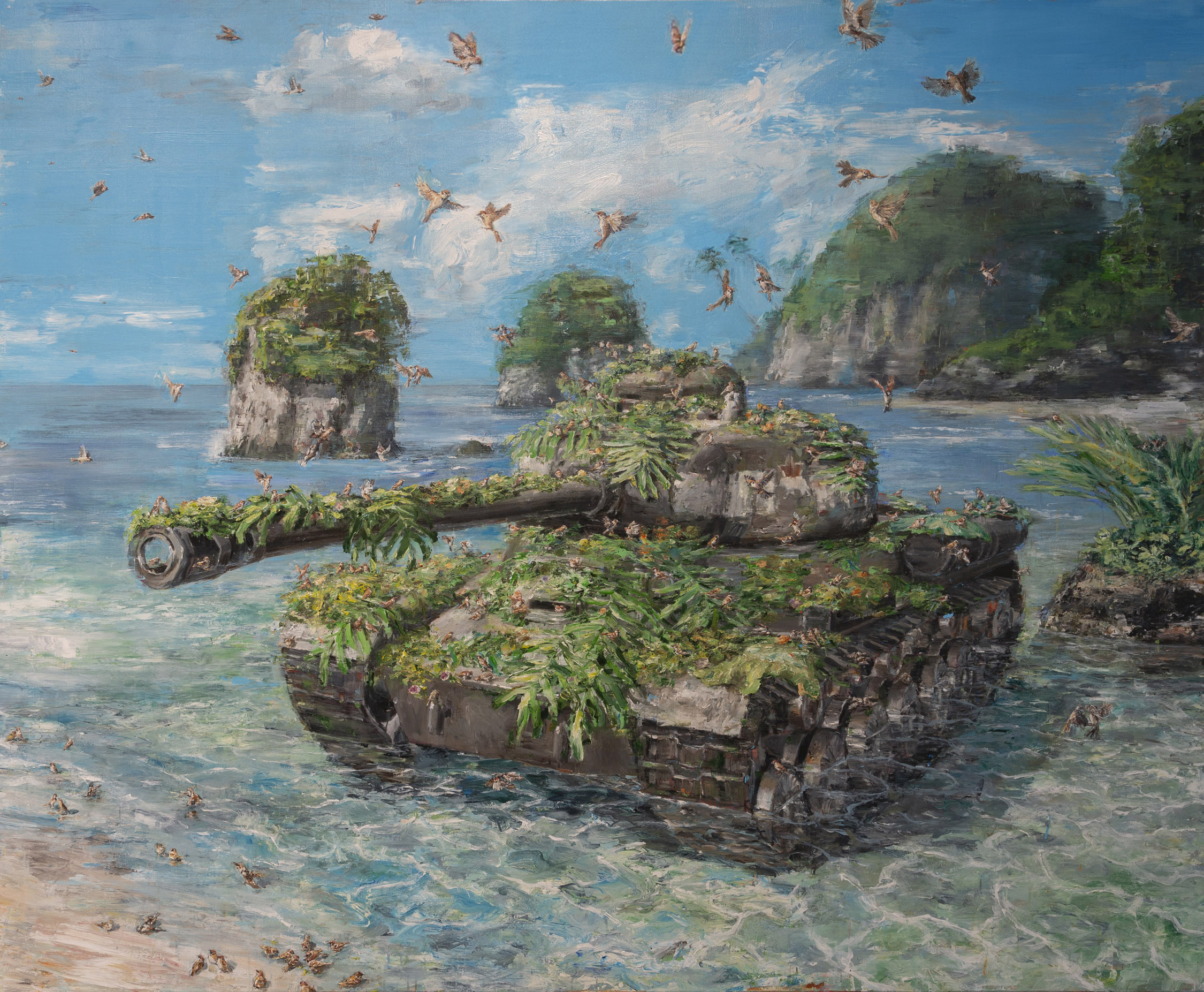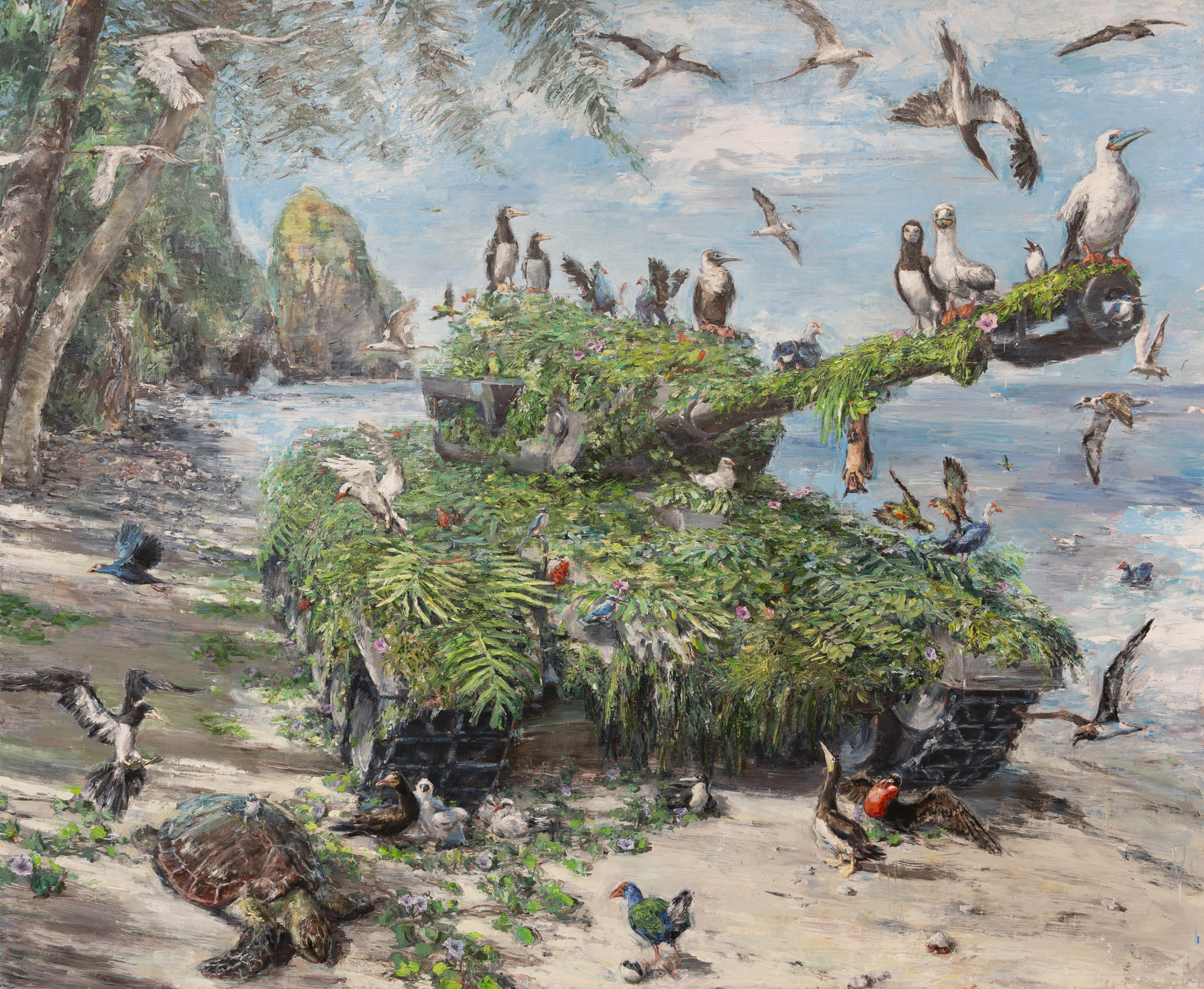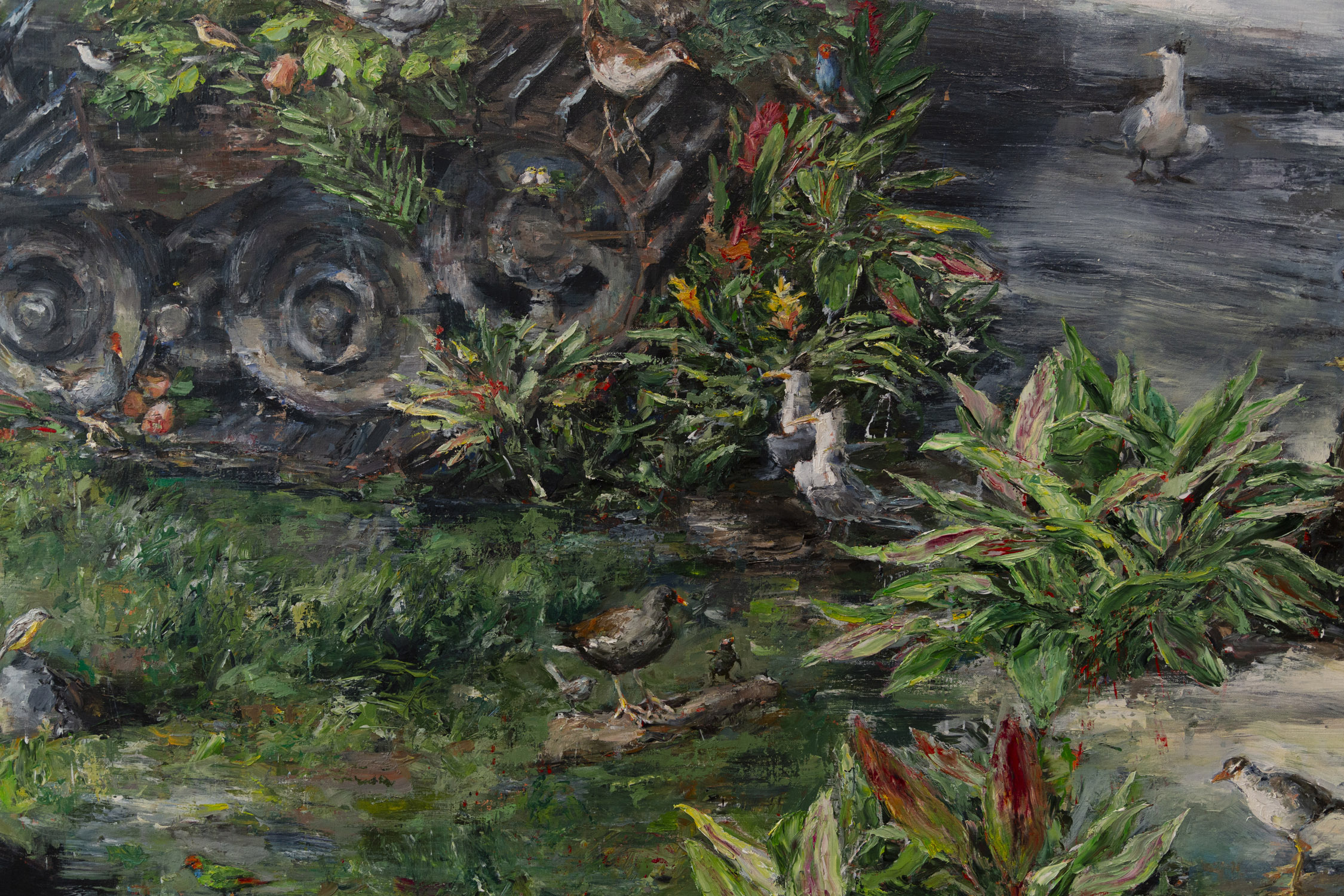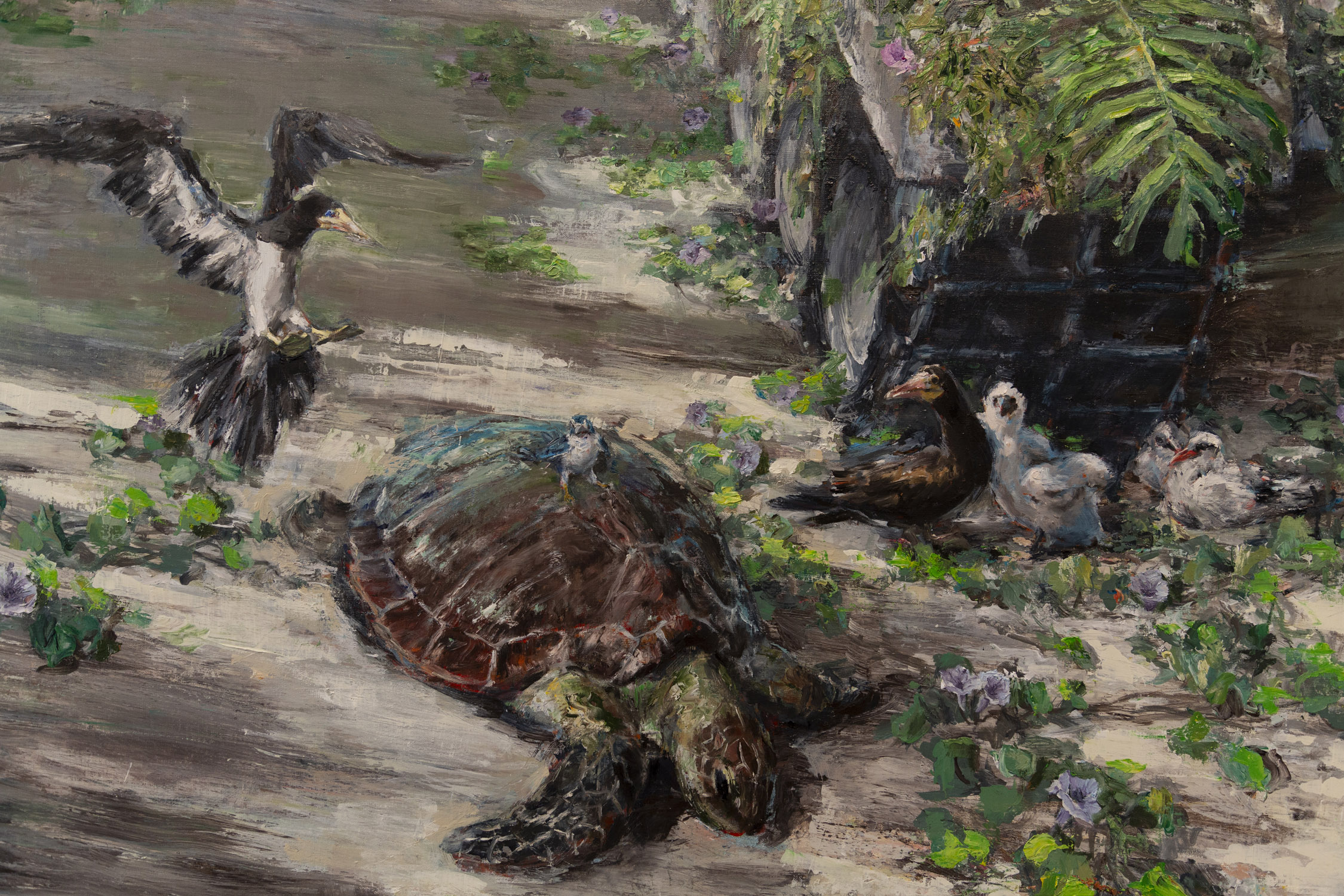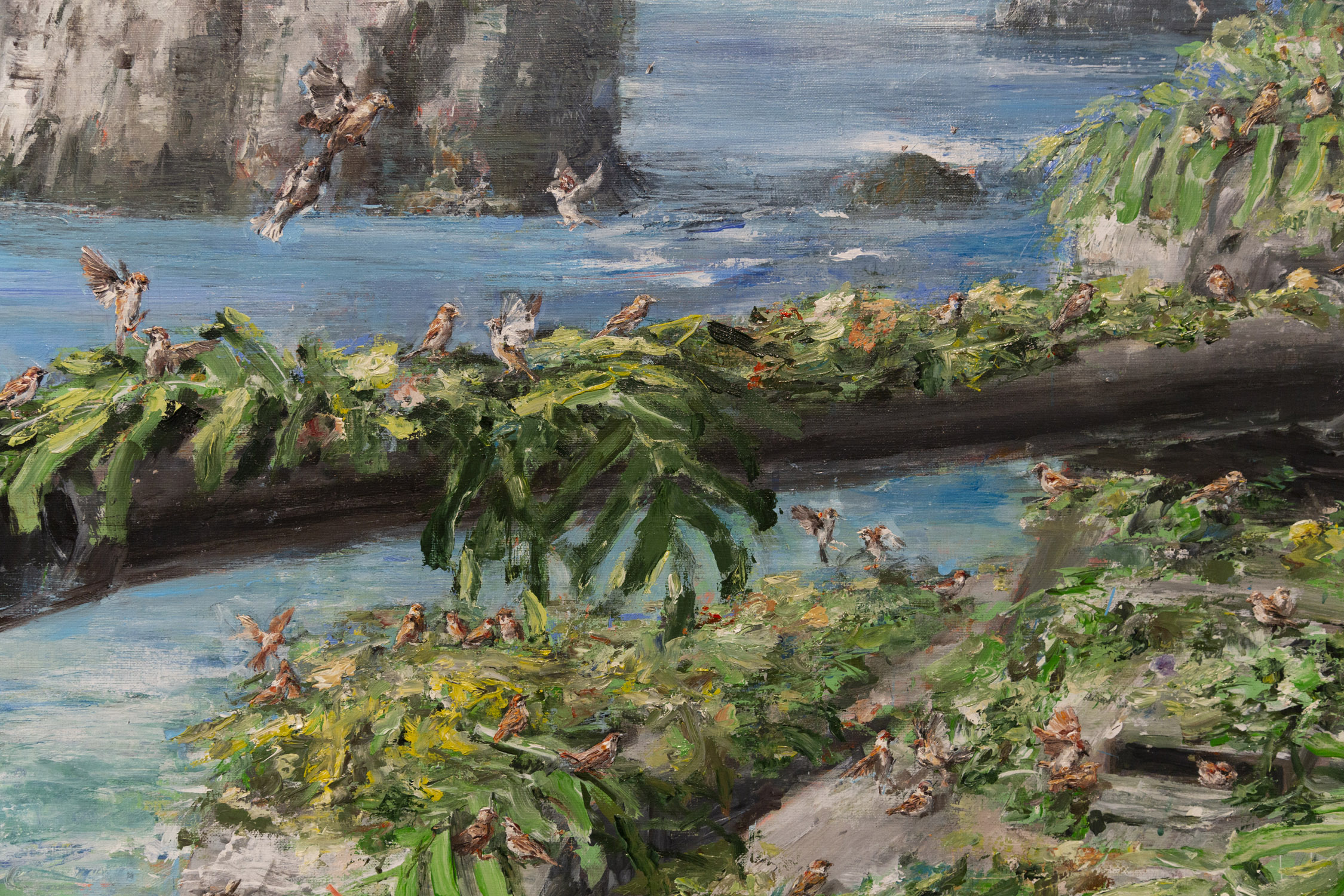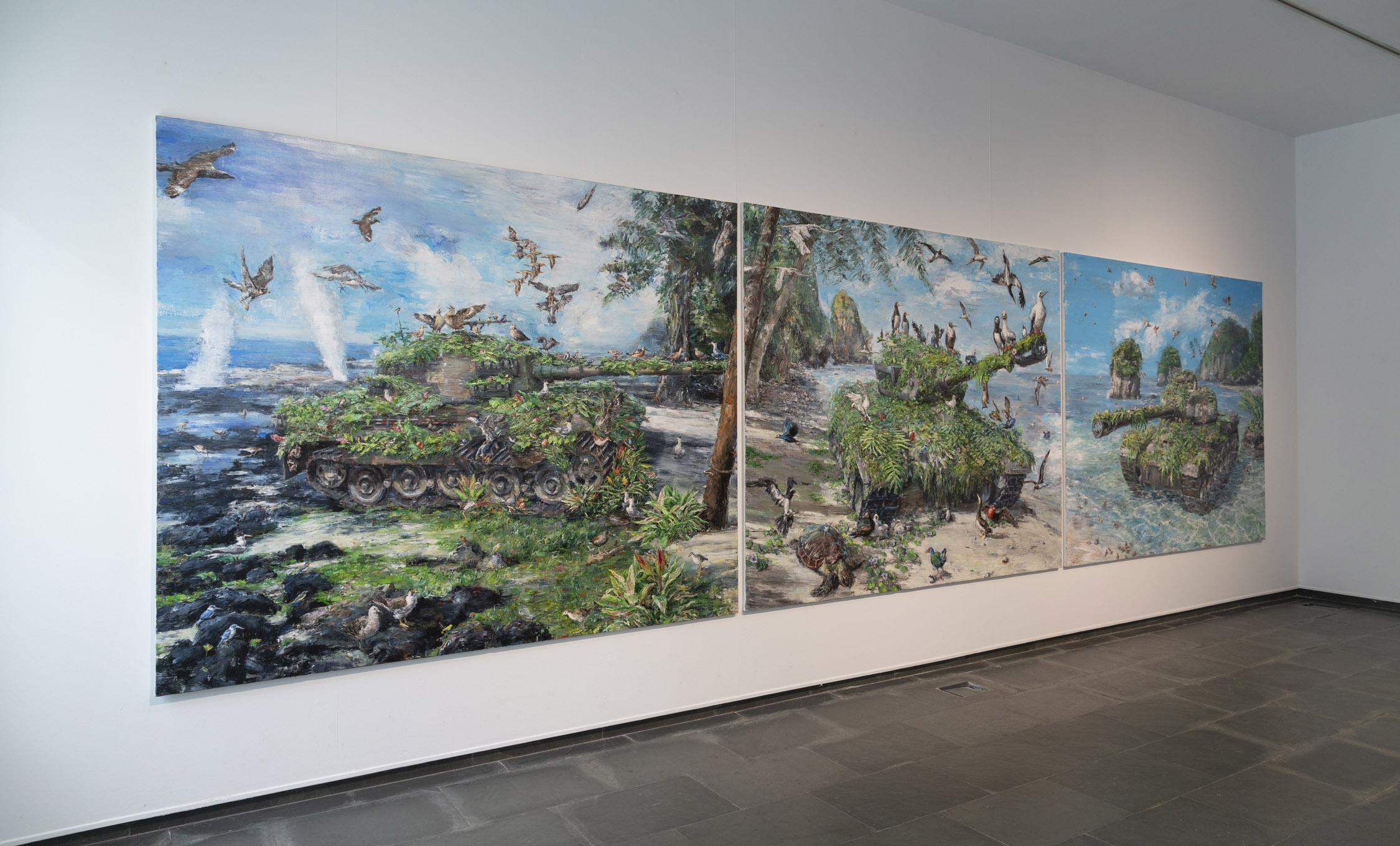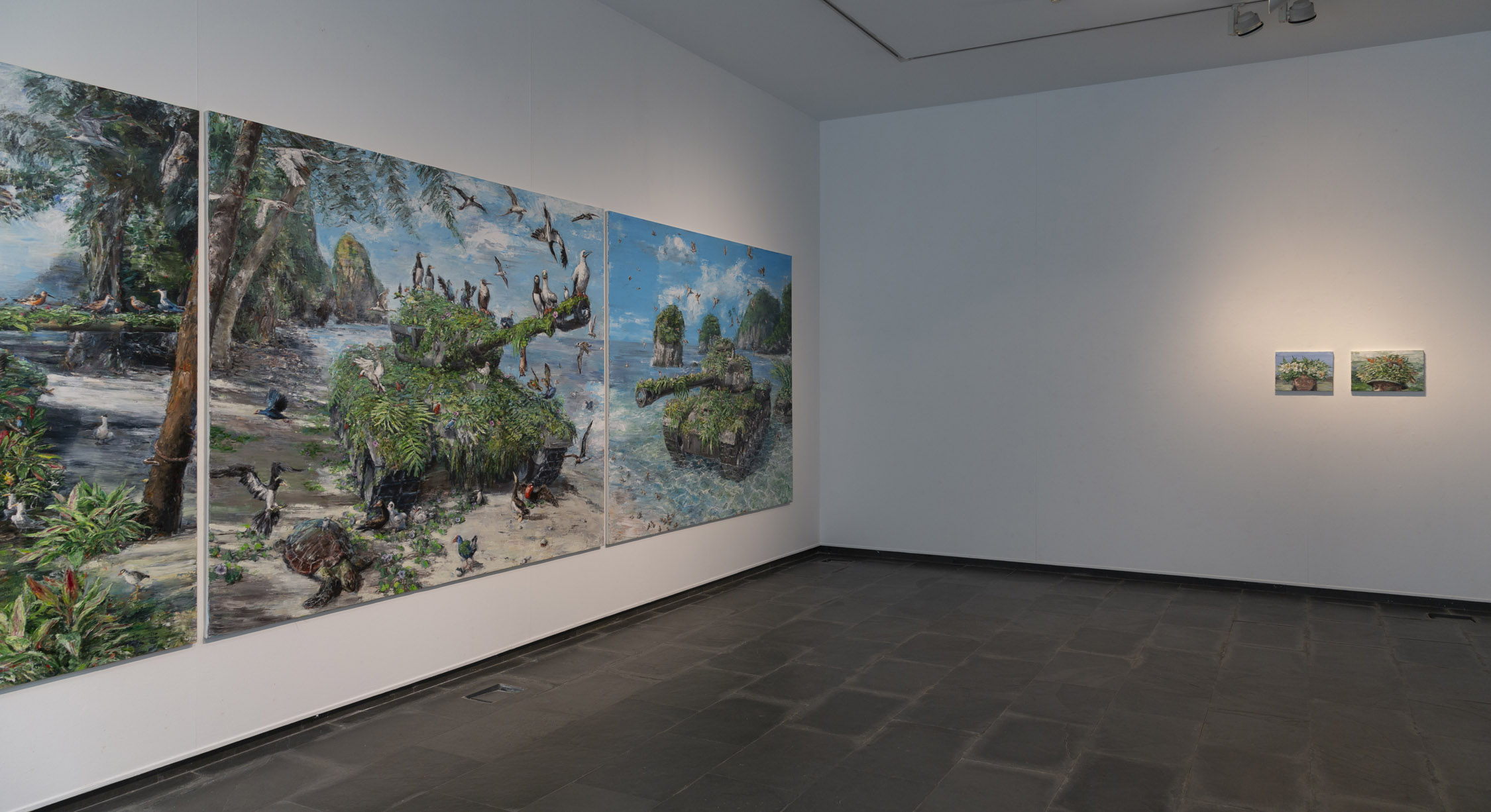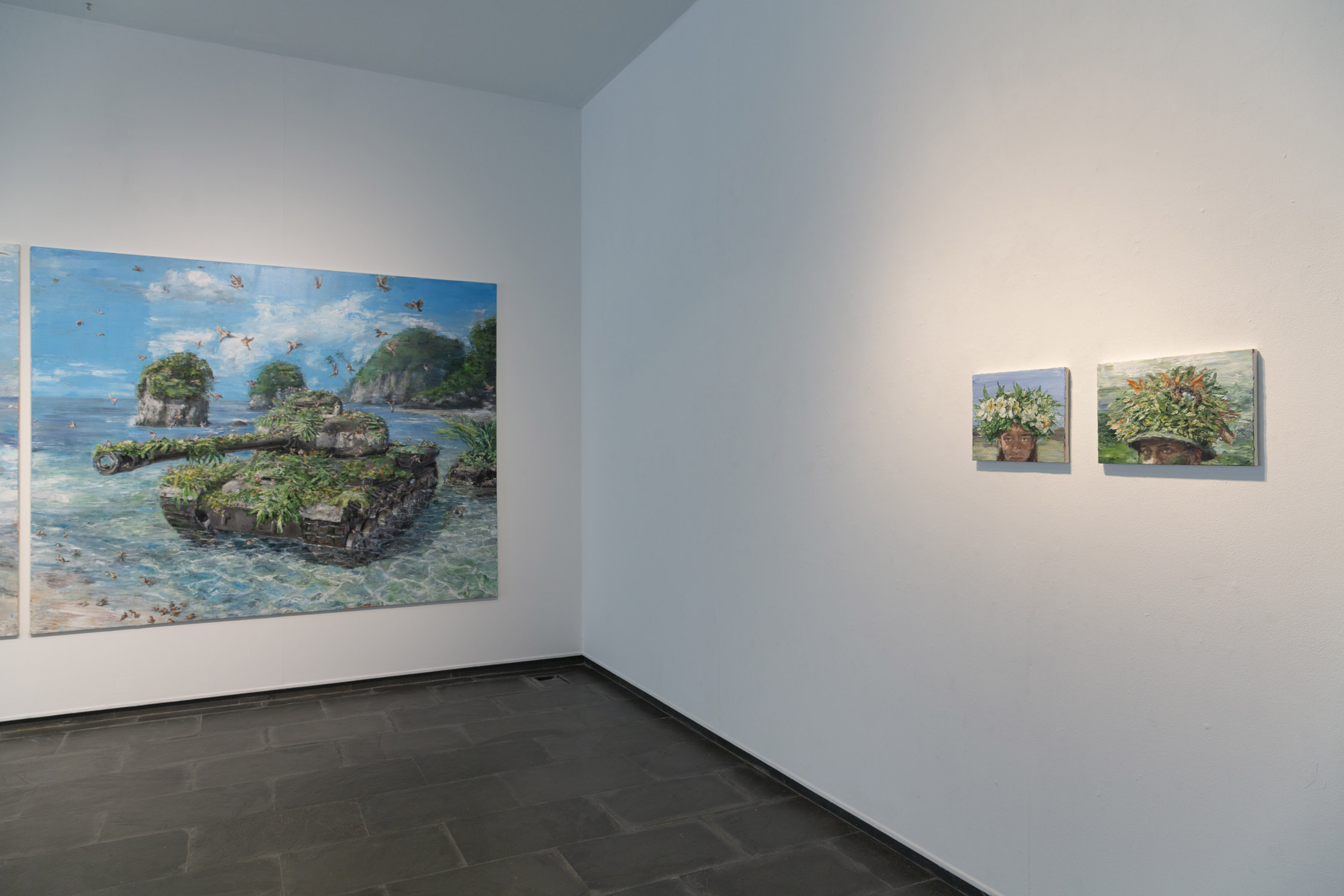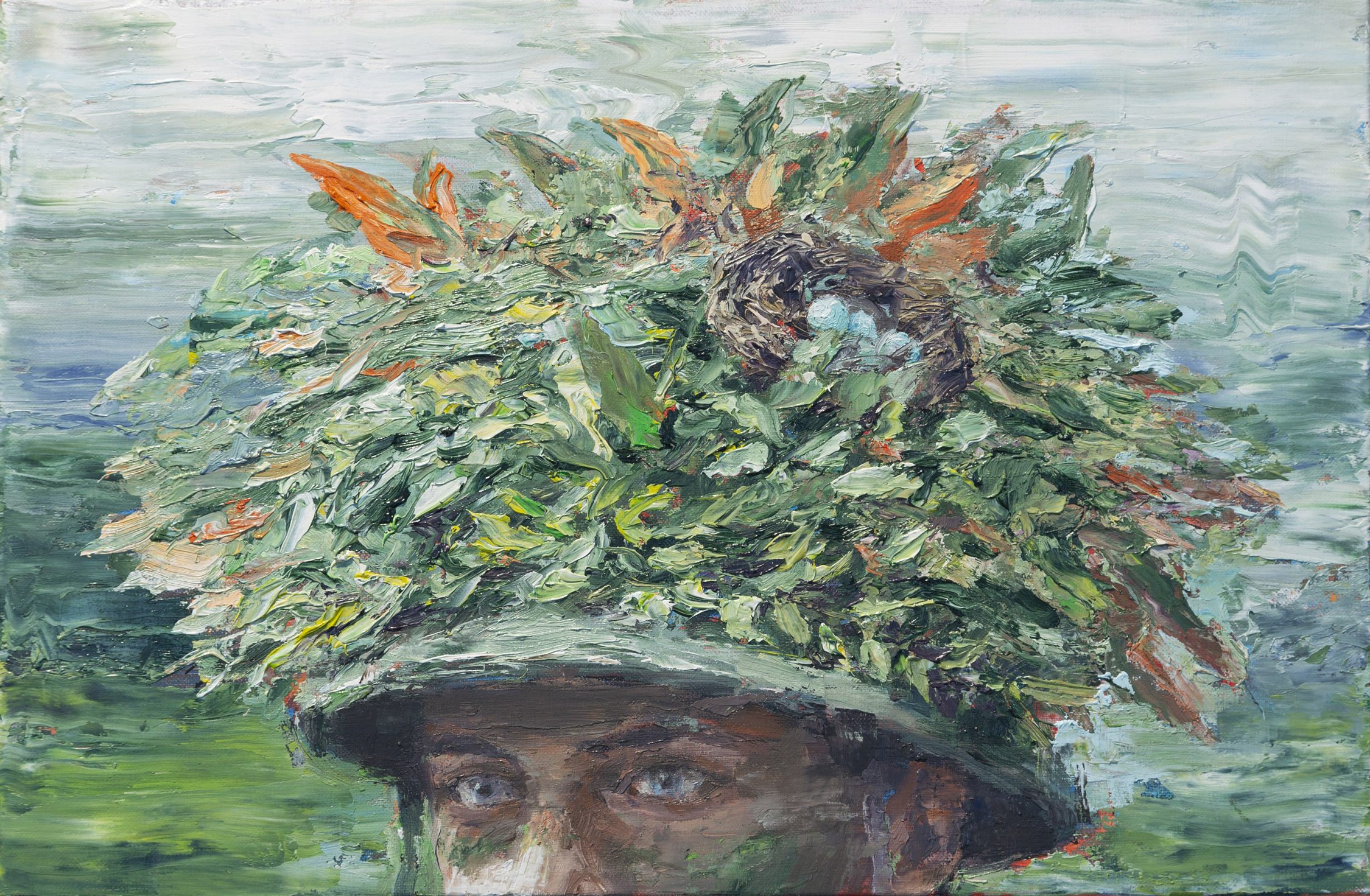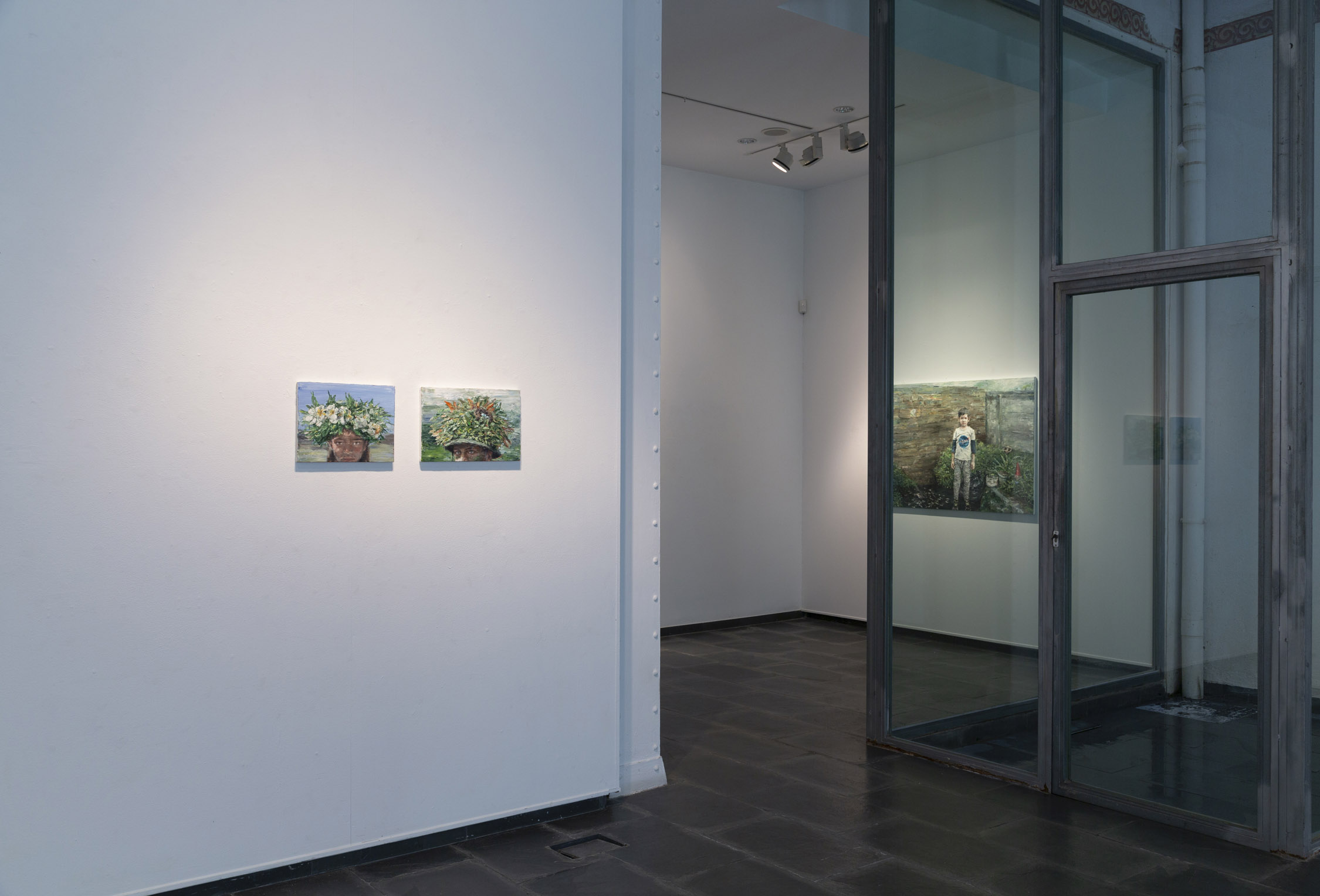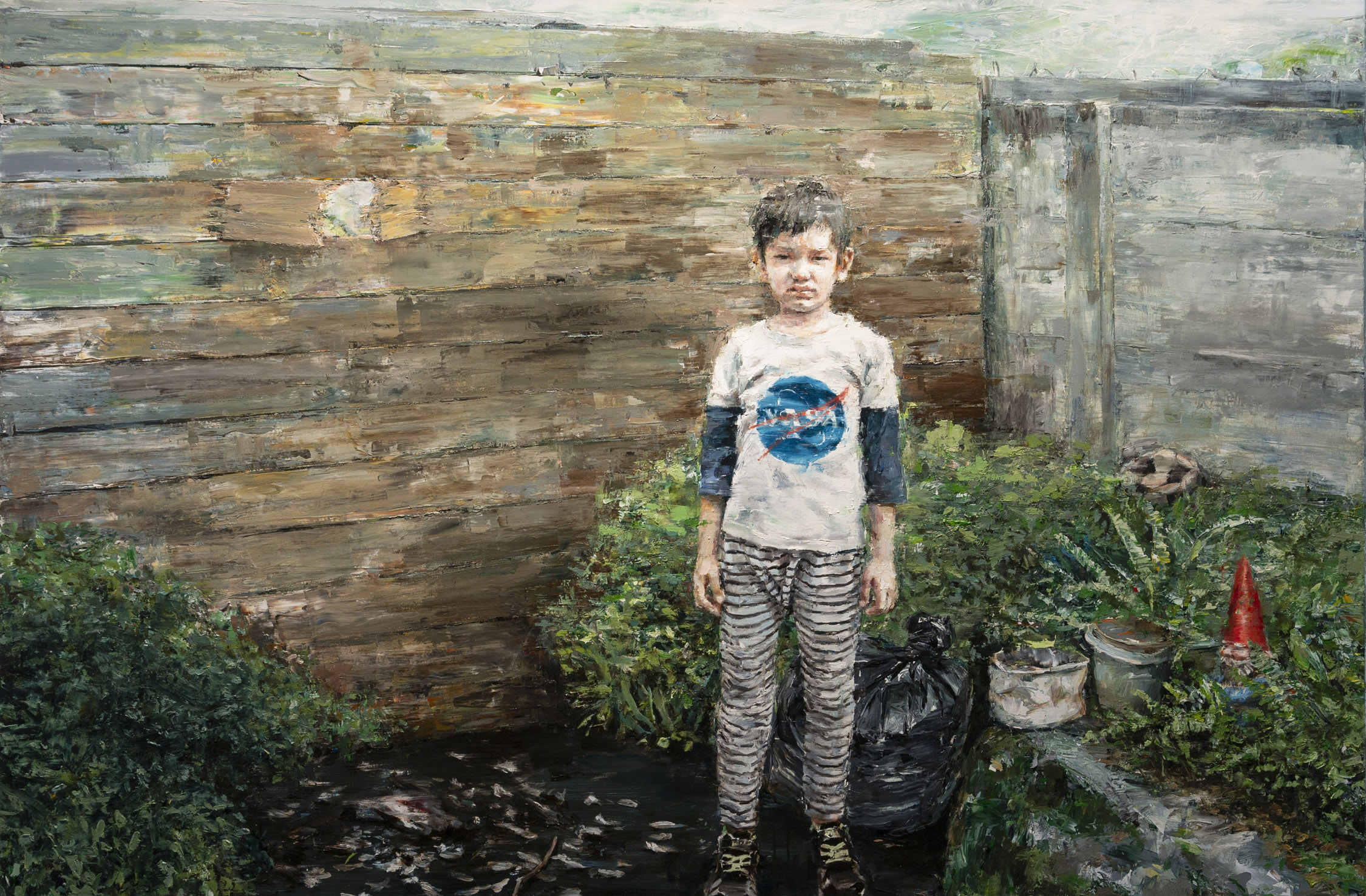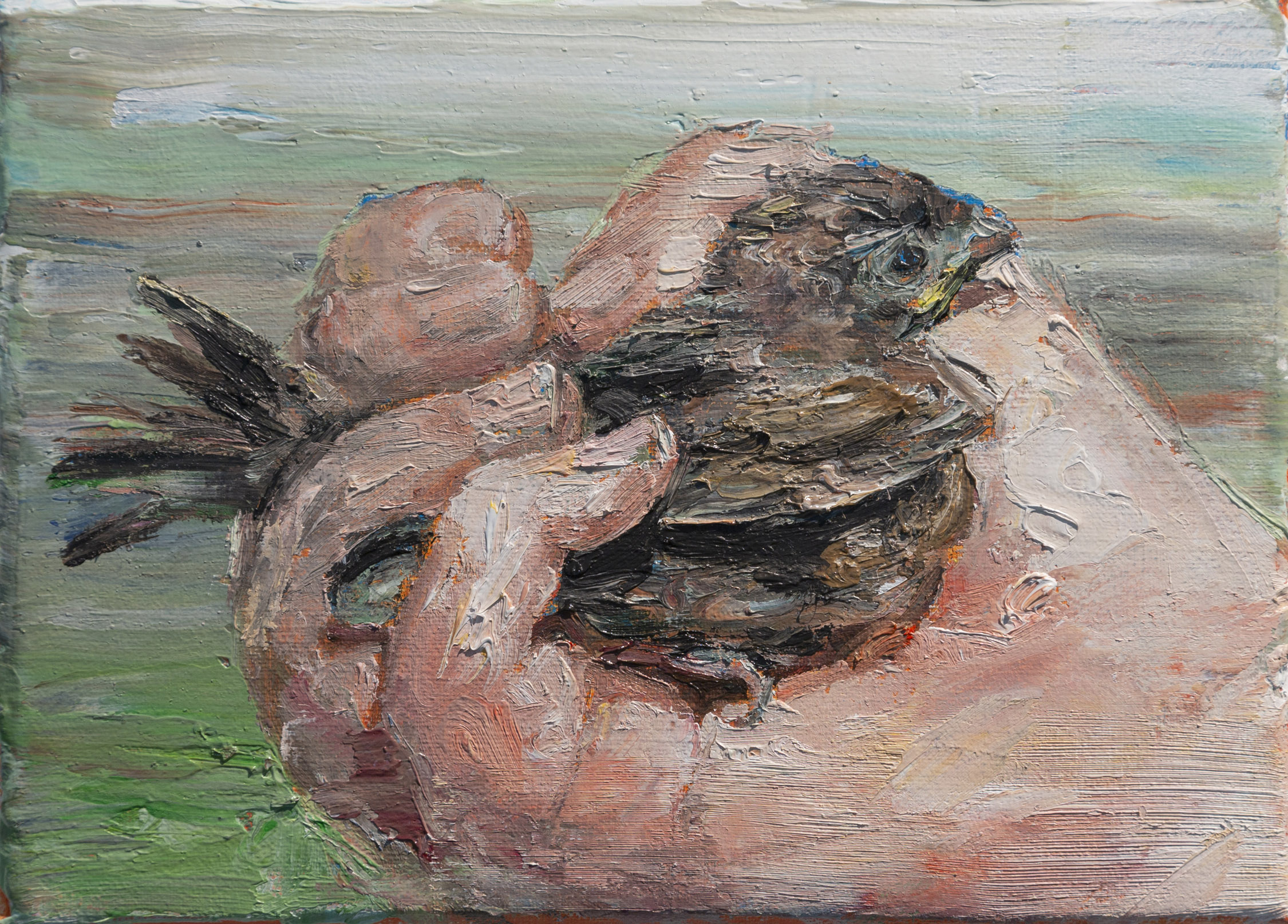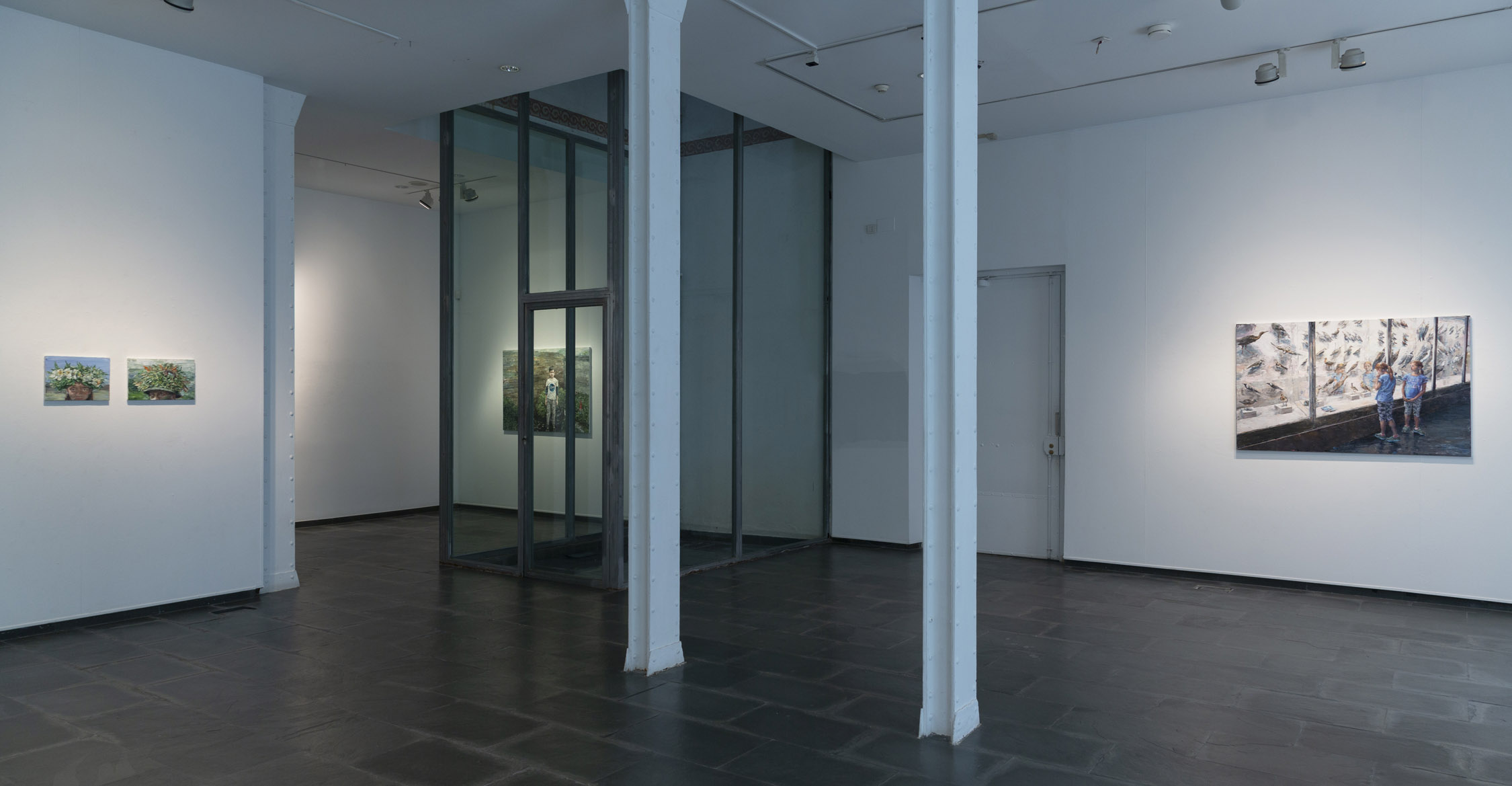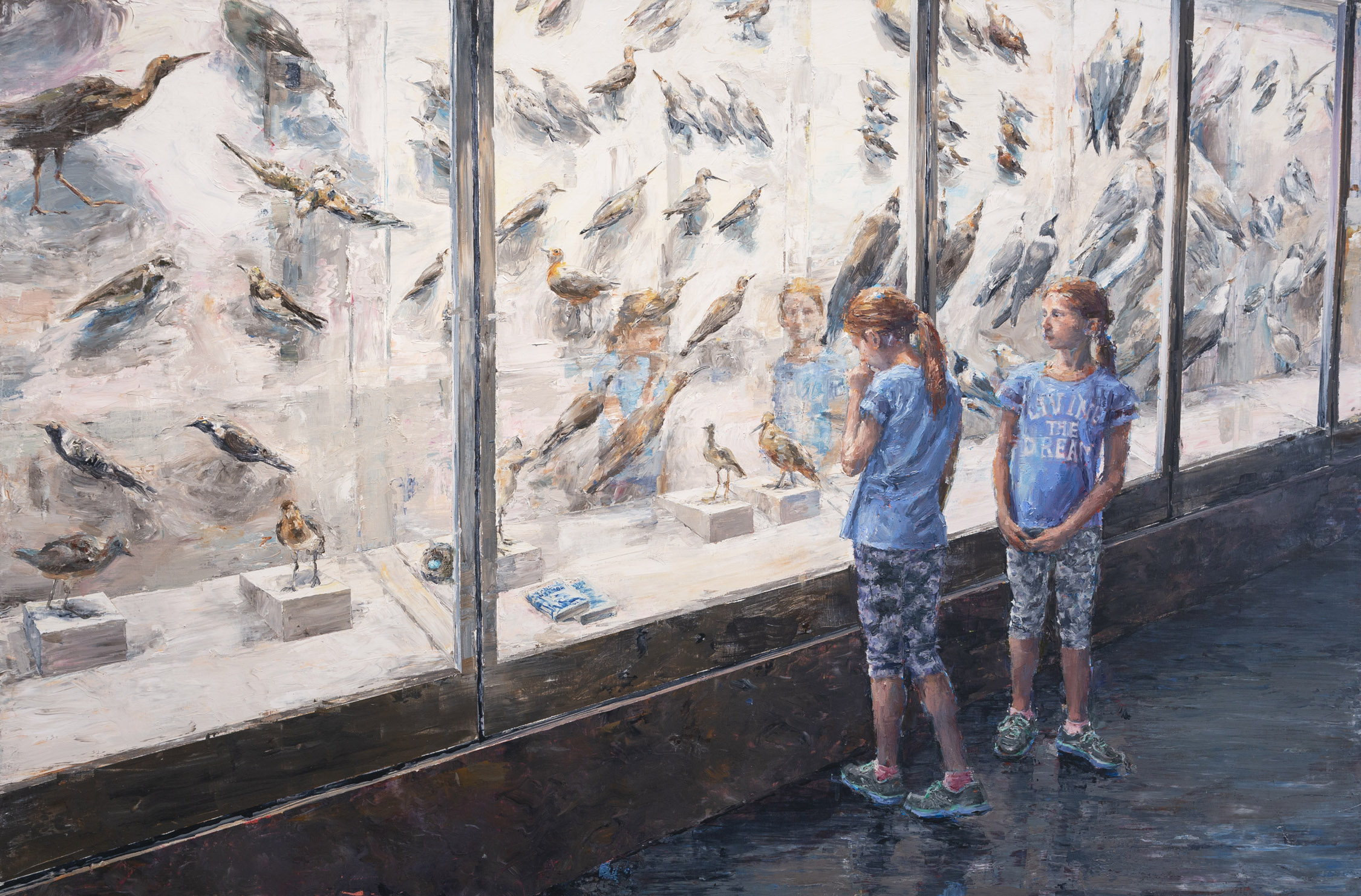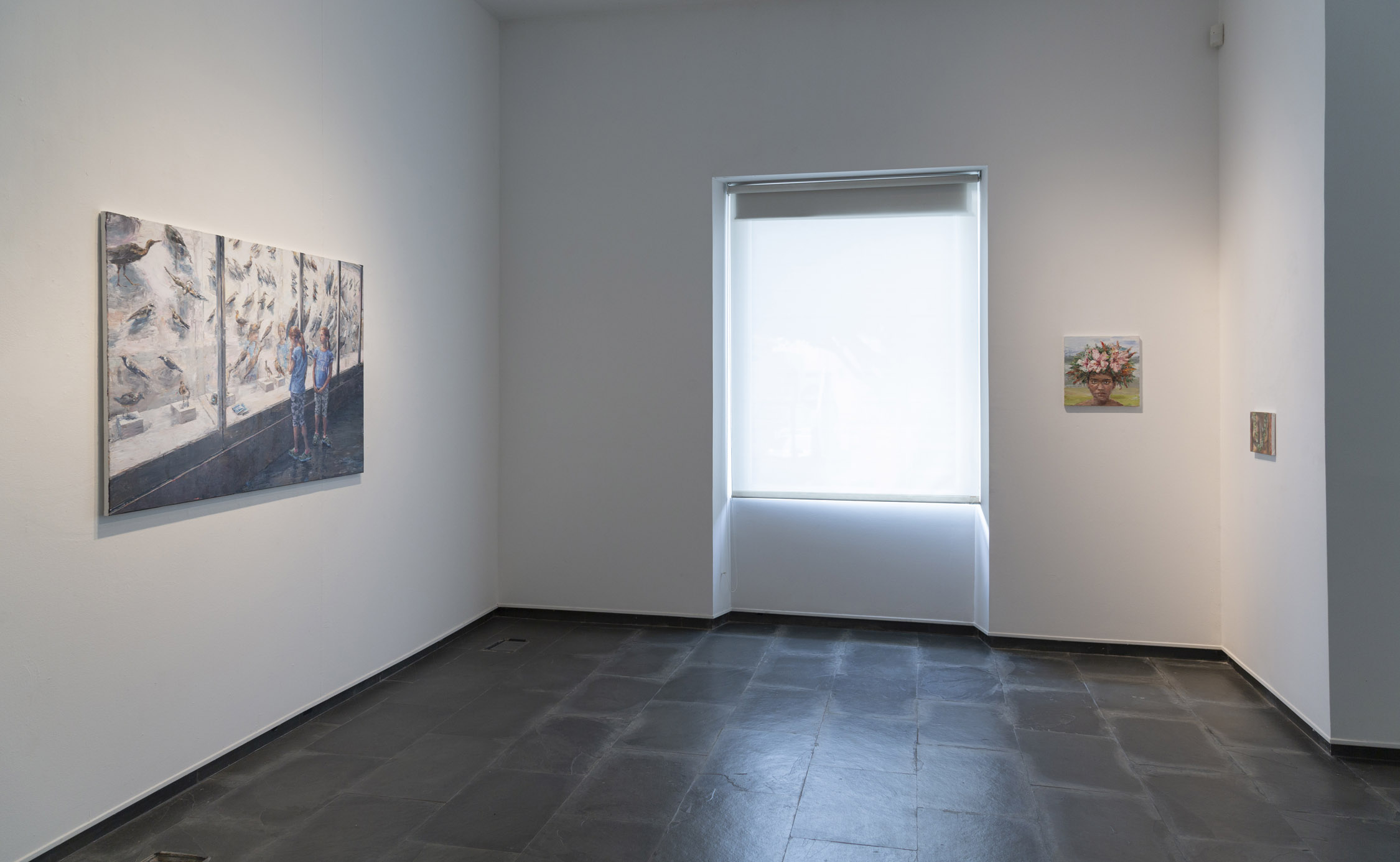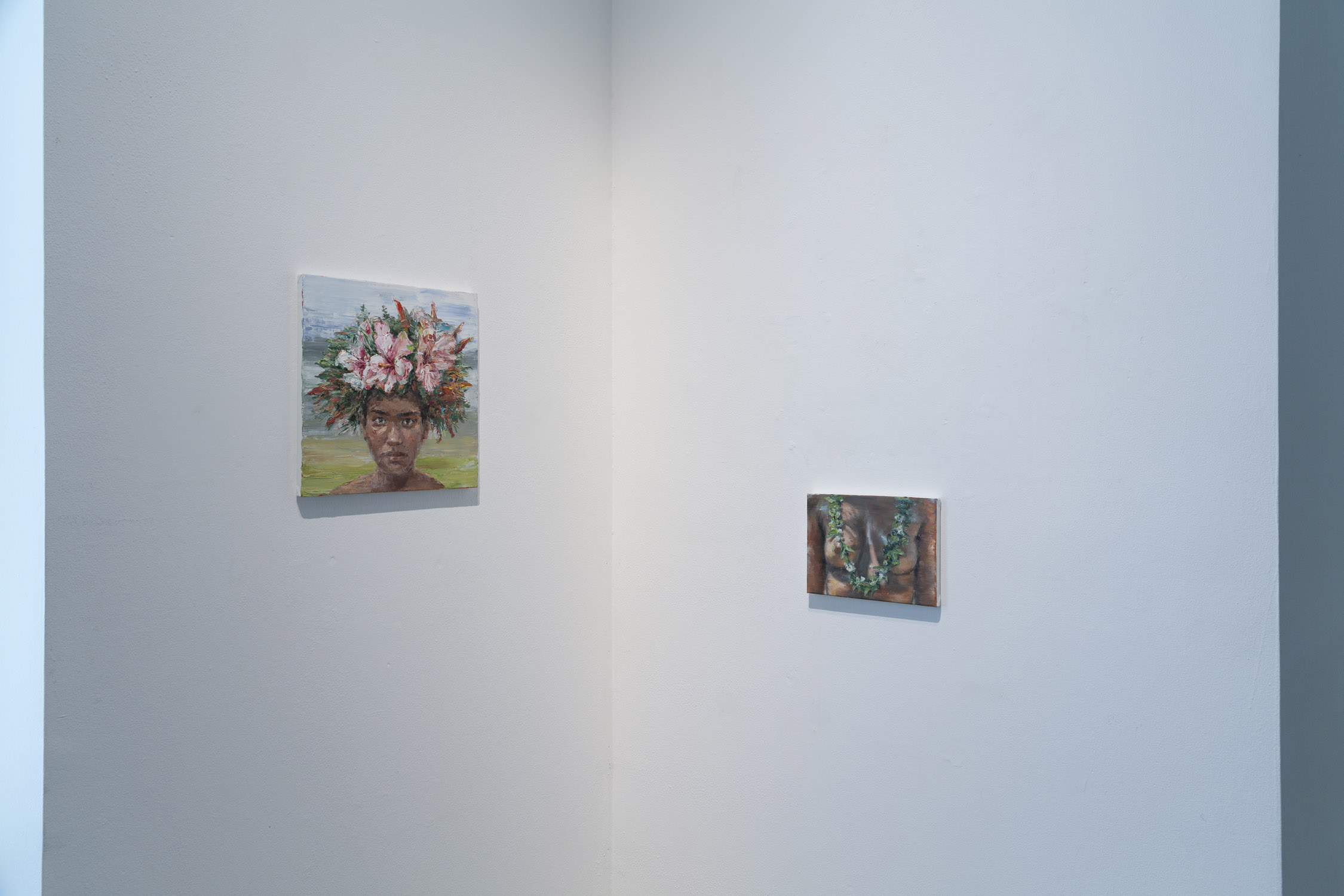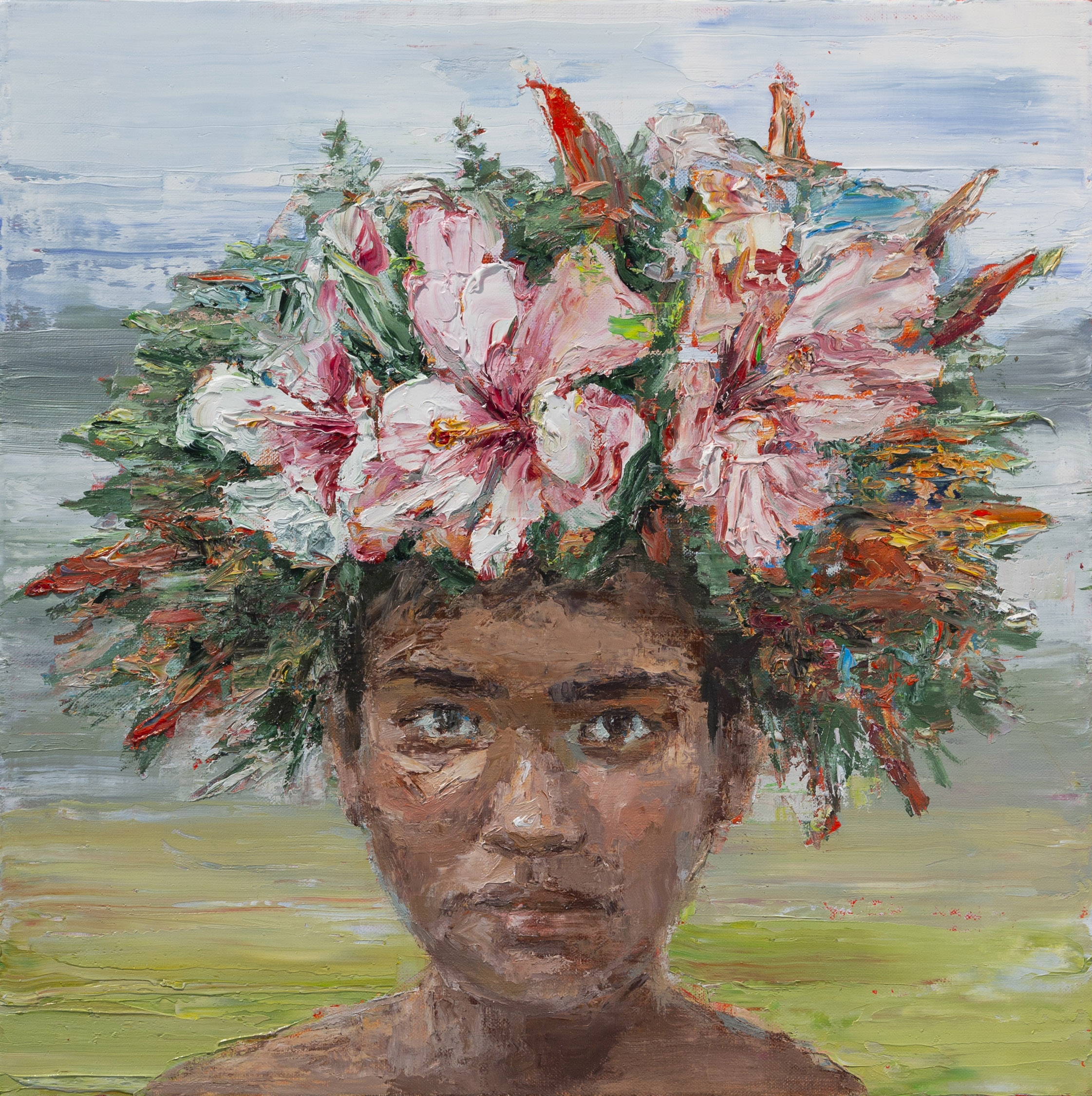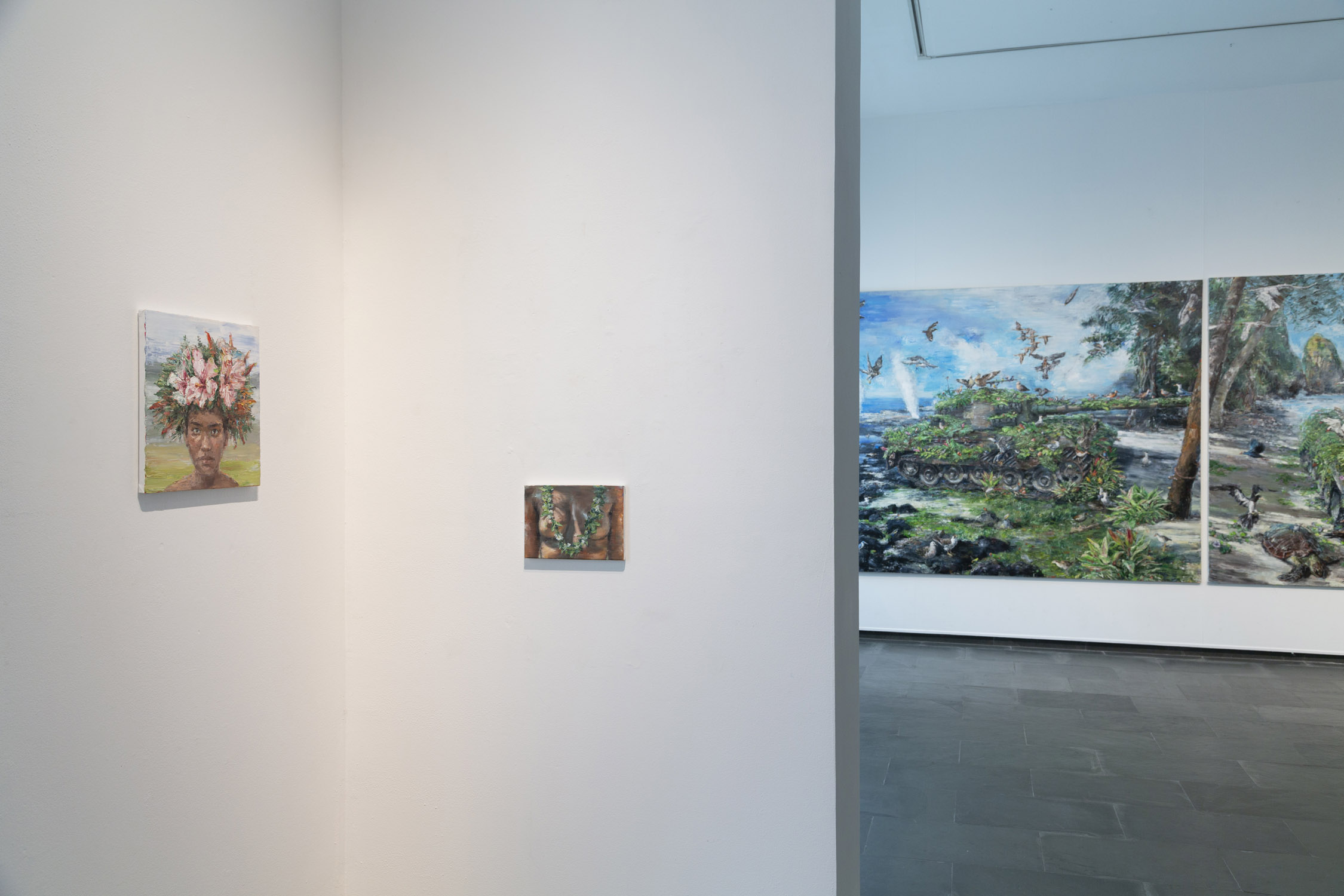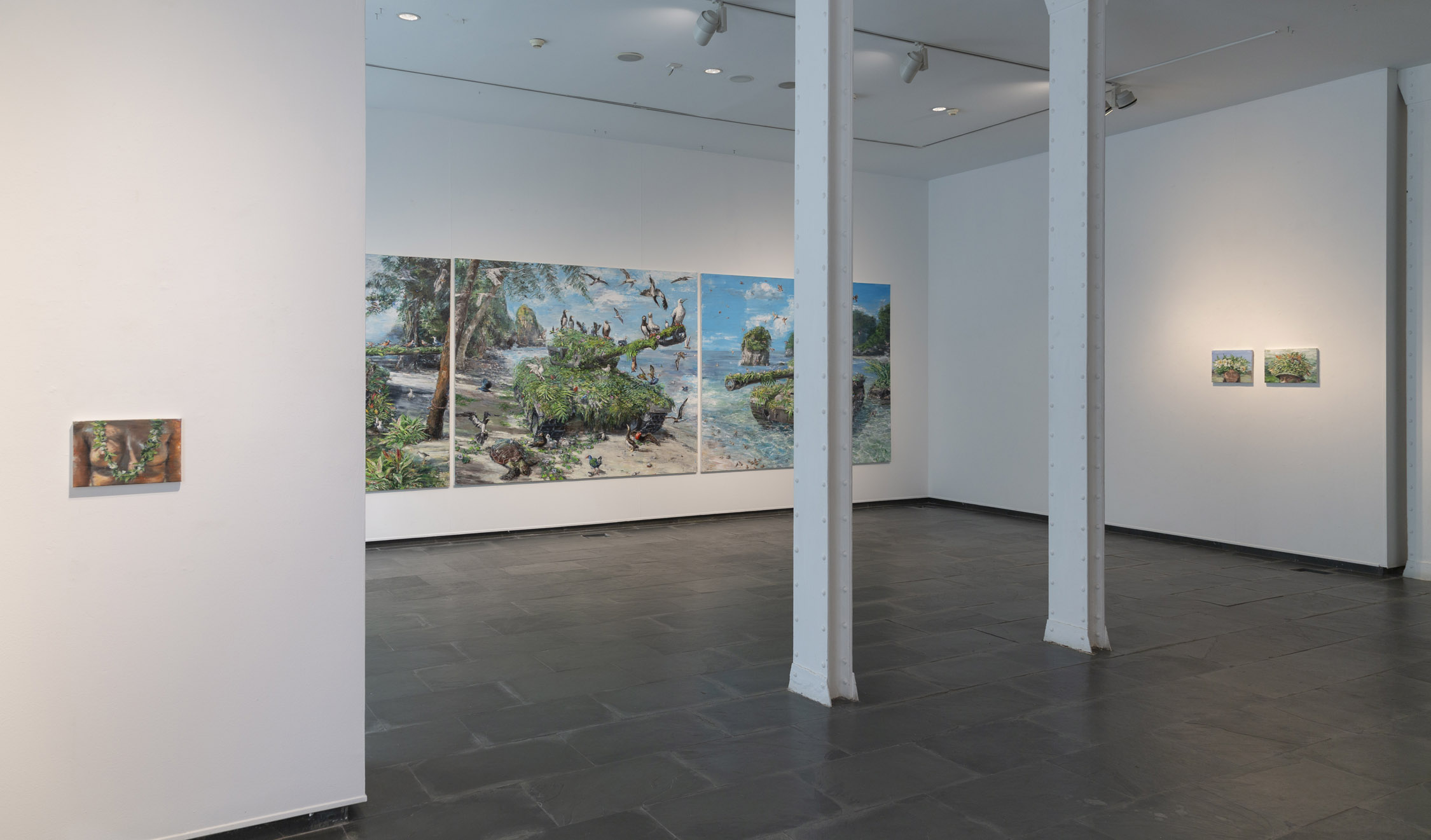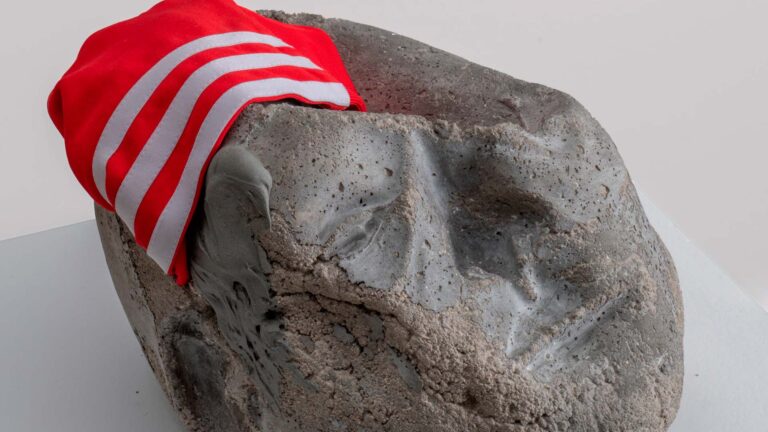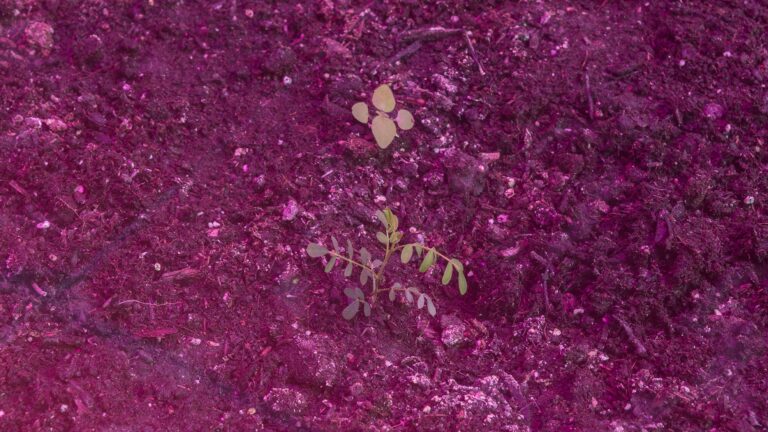Artist: Helí García
Exhibition title: Un tractor capaz de arar el mundo
Venue: Galería Isabel Hurley, Malaga, Spain
Date: Fabruary 9 – March 27, 2024
Photography: all images copyright and courtesy of the artists and Galería Isabel Hurley, Malaga
MAN LIES IN WAIT FOR MAN
All the fine winds gone
And this sweet world is so much older
Animals pull the night around their shoulders
Flowers fall to their naked knees
Here I come now, here I come
(Nick Cave)1
The only truly alien planet is Earth
(J.G Ballard)2
The moment of silence has descended. The moment to withdraw. The firing has ceased and all that remains is the naked landscape of barbarity. How hard it is to write in a moment like this. How hard it is to believe in language. Today love had died and man lies in wait for man3.
Here among the remains of this world in ruins nature constantly reinvents itself. The end of an era has happened. The Anthropocene displays its wounds and substance vibrates, provoking new assemblages
. As Jane Bennett wrote “The assemblages are ad hoc configurations of diverse elements of every kind of vibrant matter […] The components of these assemblages, while including humans and their social, legal and linguistic constructions, also include some effective and powerful non-human items: electrons, trees, wind, fire and electromagnetic fields.”4
Three huge World War II tanks comprise the central tripytch of the exhbition. The German Panzer VI Tiger, the US Pershing M26 and a Soviet IS-2 in the erstwhile idyllic landscape of the islands of Samoa. Native fauna, doves, honeyeaters, flycatchers and starlings fly over the atolls while in one of the works the sparrows inhabit this non-existent or imaginary nation.
Although both Germany and the United States had occupied Samoa at one time, it never became part of the Soviet Union and Helí draws the spectator into a figurative representation of this. This Soviet Samoa with sparrows takes us to a cruel moment during Mao’s leadershuip in China. when he declared in 1958 that “birds are the ‘running dogs’ of capitalism”. He maintained that the sparrows were devouring the workers food and urged them to put an end to them. Nests and eggs were destroyed, the birds were poisoned and killed in the mistaken belief that this would solve the problem of their hunger. However, this just created a worse problem because the sparrows not only ate the grain, they also ate all the insects that endangered the crops and so the resulting plagues of locusts caused the death from hunger of up to fifteen million people. Once again man is the wolf and not just for man but for everything that surrounds him and makes his life possible. Make the mountain bow its head, make the river yield.
Along the path to this fictional Samoa the paintings of Helí García encounter other narratives and stories that emerge from under the layers of paint like the portrayal of the young Samoans that Margaret Mead, the American poet and anthropologist, used as study cases in her research for her book “Coming of Age in Samoa” (1928). In this idyllic and free paradise she presented male and female adolescents living their unfettered desire, untroubled by problems. We construct, from our world, an image of the perfect savage, an Arcadia built by the exoticising gaze of the other. A gaze that looks on the mystery and ironic smiles of these two adolescents. Two adolescents who, with their silence, created the words that, years later, the New Zealand anthropologist Derek Freeman would use to dismantle Mead’s theories and strip bare the fictional dream of the lost paradise.
We are aware that the history of many of our museums is founded on these fictions and during the time of descolonisation and reparation in which we live, Helí’s painting warns of the dangers of this dream. Two young people in the New York Natural History Museum in Central Park. A glass case displaying many species of taxidermied dead birds. Once again a reminder of Mao and a T-shirt that tells us we are living a dream.
Jesús Alcaide. Febrero 2024
Translated by Diana Mathieson
[1] Cave, Nick. Anthrocene. Bad Seed LTD, Skeleton Tree. 2016.
[2] Ballard, J.G. A User’s Guide to the Millenium. Picador, Nueva York, 1997.
[3] Hernández, Miguel. Canción primera. El hombre acecha, 1939.
[4] Bennett, Jane. Materia vibrante. Una ecología política de las cosas. Caja negra, Buenos Aires, 2022

